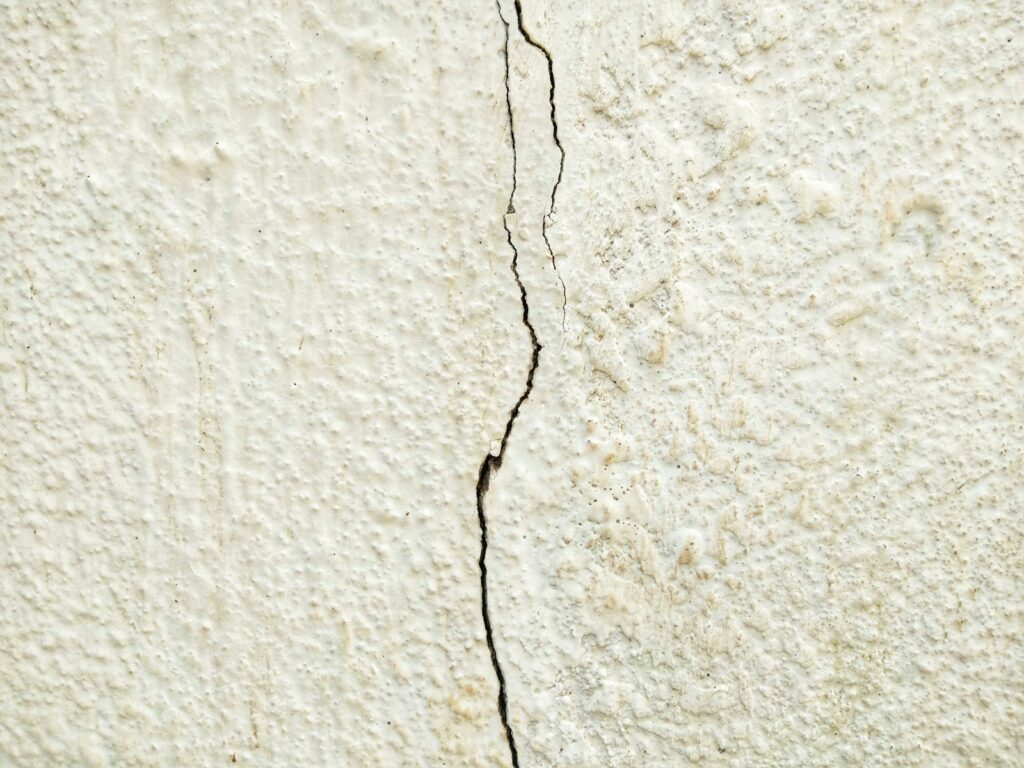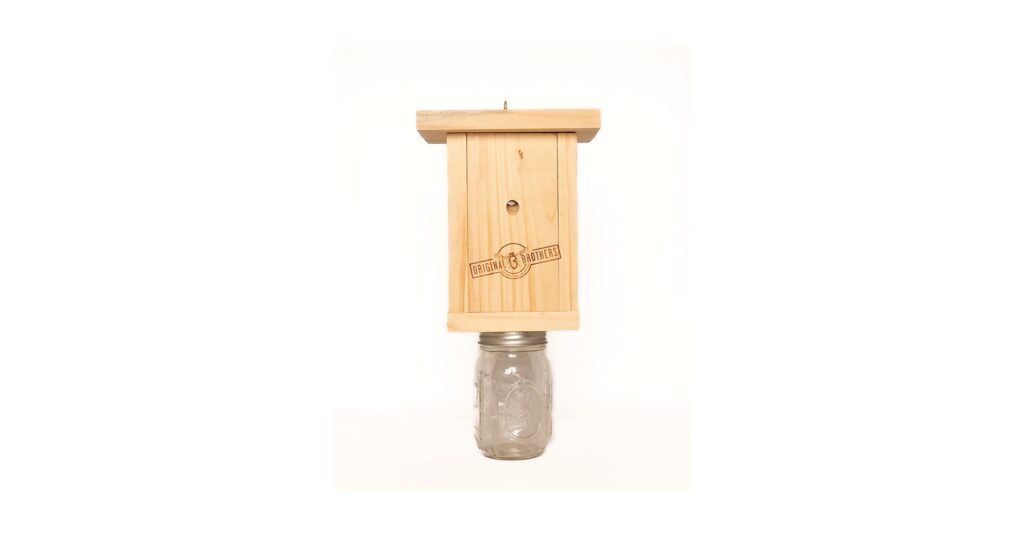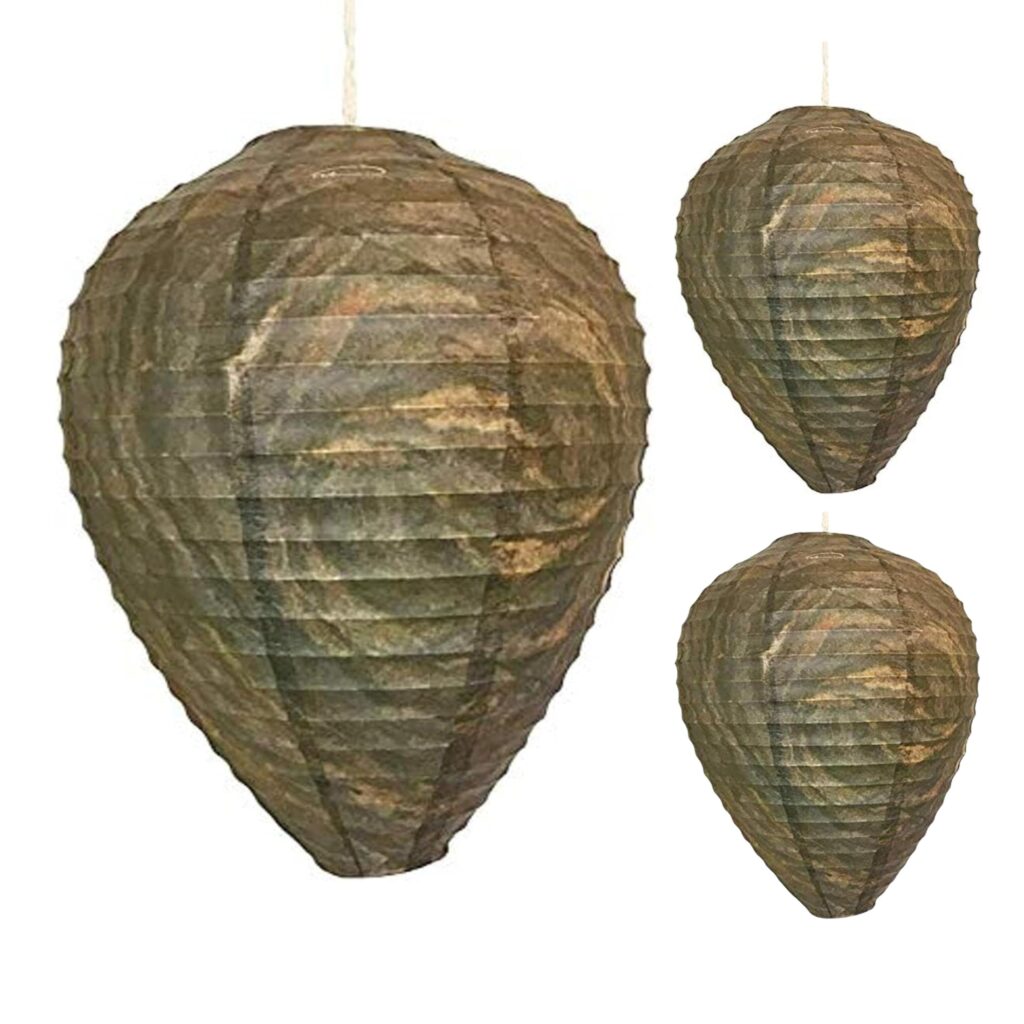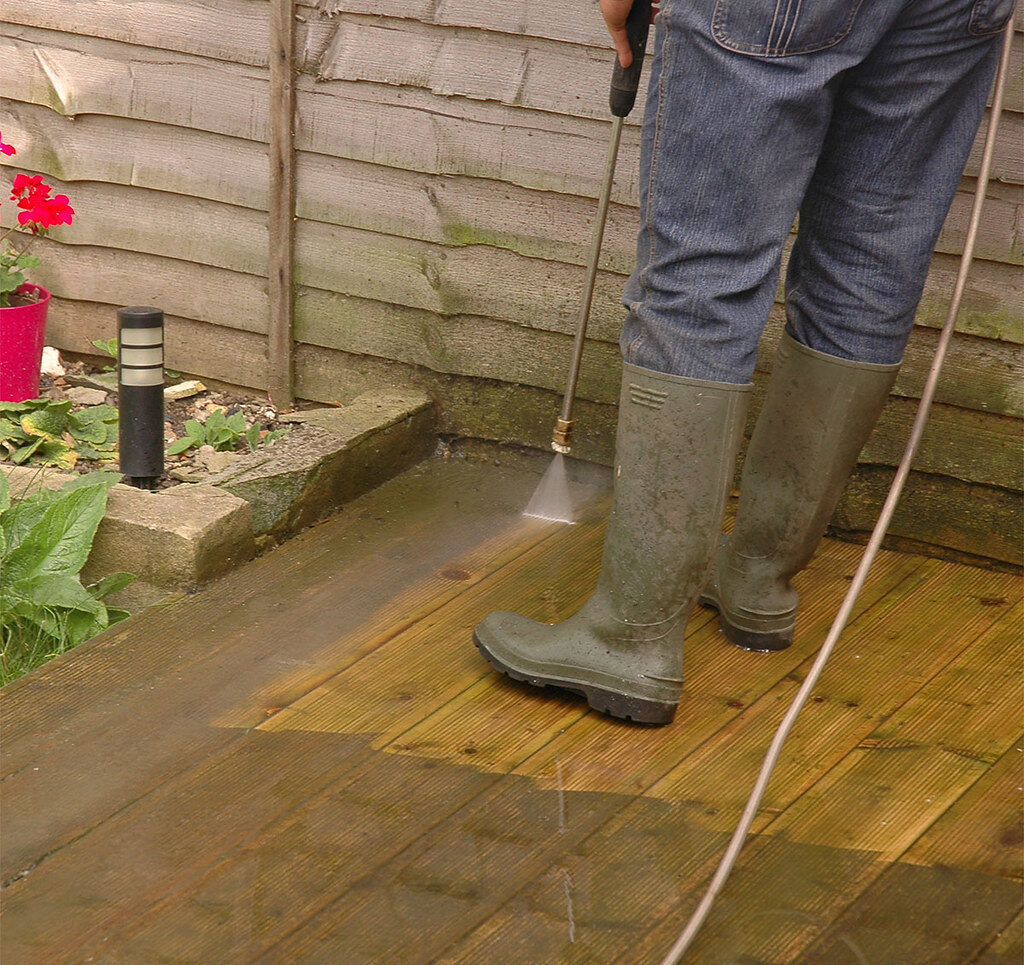A relaxing afternoon on your deck can quickly turn frustrating if you notice carpenter bees buzzing around and drilling holes in the wood. These bees are important pollinators, but their nesting habits can cause significant damage to outdoor structures like decks, railings, and even wooden furniture. Over time, the tunnels they create may weaken wood, invite moisture, and attract other pests. The good news is you do not have to choose between protecting your deck and caring for the environment. There are effective, practical steps you can take to deter carpenter bees without harming them or their beneficial role in your garden. This article shares ten proven ways to stop carpenter bees from damaging your deck. Each method is safe, easy to apply, and designed to keep both your outdoor spaces and the bees thriving. With the right approach, you can enjoy your deck all season long, free from unwanted damage.
1. Paint or Stain Your Deck

Carpenter bees are less likely to drill into painted or stained wood compared to bare, untreated surfaces. Applying a thick coat of paint or quality stain acts as a barrier, making your deck less attractive for nesting. Choose colors and finishes that suit your outdoor space while providing extra protection. Regularly inspect high-traffic and exposed areas for wear and touch up as needed. This simple step not only deters carpenter bees but also enhances the appearance and longevity of your deck, ensuring it remains a welcoming spot for relaxation and gatherings throughout the year.
2. Seal Cracks and Holes

Carpenter bees look for existing cracks, crevices, or old holes to start their nests. Inspect your deck carefully for any gaps or signs of previous bee activity. Use wood filler or caulk to seal these spaces, paying special attention to corners and joints. Filling holes not only prevents new infestations but also protects your deck from moisture and other pests. Make this inspection a part of your regular maintenance routine. Promptly sealing up trouble spots helps keep your deck structurally sound and makes it much less inviting for carpenter bees searching for a home.
3. Install Bee Deterrent Traps

Bee traps can be an effective, non-toxic way to reduce carpenter bee populations around your deck. These traps mimic the appearance of nesting sites and lure carpenter bees inside, where they become trapped and cannot escape. Place traps in areas where you have noticed bee activity, such as under railings or along beams. Make sure to check and empty traps regularly. While traps alone may not eliminate all bees, they can significantly reduce the number of new nests. For best results, use them in combination with other preventive measures such as painting and sealing wood.
4. Use Citrus or Essential Oil Sprays

Carpenter bees dislike the scent of citrus and certain essential oils, including tea tree, lavender, and peppermint. Mix a few drops of your chosen oil with water and spray it onto exposed wooden surfaces, focusing on areas where bees have been active. Repeat the application every week or after rain to maintain effectiveness. These natural sprays are safe for people and pets and will not harm the bees or the environment. Adding this fragrant step to your deck care routine can help deter carpenter bees while creating a pleasant outdoor atmosphere.
5. Replace Damaged Wood

Old, weathered, or damaged wood is especially attractive to carpenter bees looking for nesting sites. If you notice sections of your deck that are splintered, rotting, or full of holes, replace them promptly with new, treated lumber. Choose hardwoods or pressure-treated wood, which are less appealing to carpenter bees than softer varieties. Upgrading damaged areas not only discourages bee activity but also strengthens the overall structure and safety of your deck. Regularly inspecting and maintaining your deck’s wood can prevent long-term problems and keep it looking its best throughout the seasons.
6. Cover Exposed Wood

Using covers for exposed wood surfaces can be a practical way to prevent carpenter bee damage. Consider installing vinyl, metal, or composite wraps on railings, posts, and beams. These materials are not attractive to bees and add an extra layer of protection against weathering and pests. Covers can be customized to match your deck’s design while making high-risk areas less accessible to nesting bees. This solution is especially helpful for decks in areas with persistent carpenter bee activity and can save on repairs and maintenance over time.
7. Hang Decoy Nests

Carpenter bees are territorial and tend to avoid nesting near other bee colonies. Hanging decoy nests, which mimic the appearance of real carpenter bee nests, can trick bees into thinking the area is already occupied. Place these decoys in several locations around your deck before the nesting season begins. While results can vary, many homeowners find that decoy nests reduce the likelihood of carpenter bees settling in. Combining decoys with other preventive strategies increases your chances of keeping your deck free from unwanted guests and maintaining a pleasant outdoor space.
8. Maintain Regular Cleaning

Keeping your deck clean and free of debris helps make it less attractive to carpenter bees and other pests. Sweep away leaves, dirt, and wood shavings regularly, especially from corners and under railings. Remove any old nests or signs of bee activity promptly. Regular cleaning allows you to spot potential trouble spots early and address them before they become bigger issues. This habit not only deters carpenter bees but also extends the life and appearance of your deck, providing a welcoming environment for relaxation and gatherings.
9. Install Physical Barriers

Installing barriers such as mesh screens or wire netting in vulnerable areas can physically block carpenter bees from accessing potential nesting sites. Secure the barriers tightly over joints, under railings, or along beams where bees are most likely to drill. Choose materials that are durable and weather-resistant to ensure long-lasting protection. Physical barriers are effective when combined with other methods like sealing cracks and painting. This approach provides an extra layer of defense for your deck, making it much harder for carpenter bees to cause damage.
10. Consult a Professional

If your carpenter bee problem persists despite your best efforts, consider reaching out to a pest control professional. Experts can assess your deck, identify the extent of the infestation, and recommend targeted solutions that are safe for both your family and the environment. They may use specialized techniques or products not available to homeowners. Consulting a professional can provide peace of mind and help you protect your investment in the long run. Their experience ensures that any bee issues are addressed thoroughly, allowing you to enjoy your deck without worry.
Comments